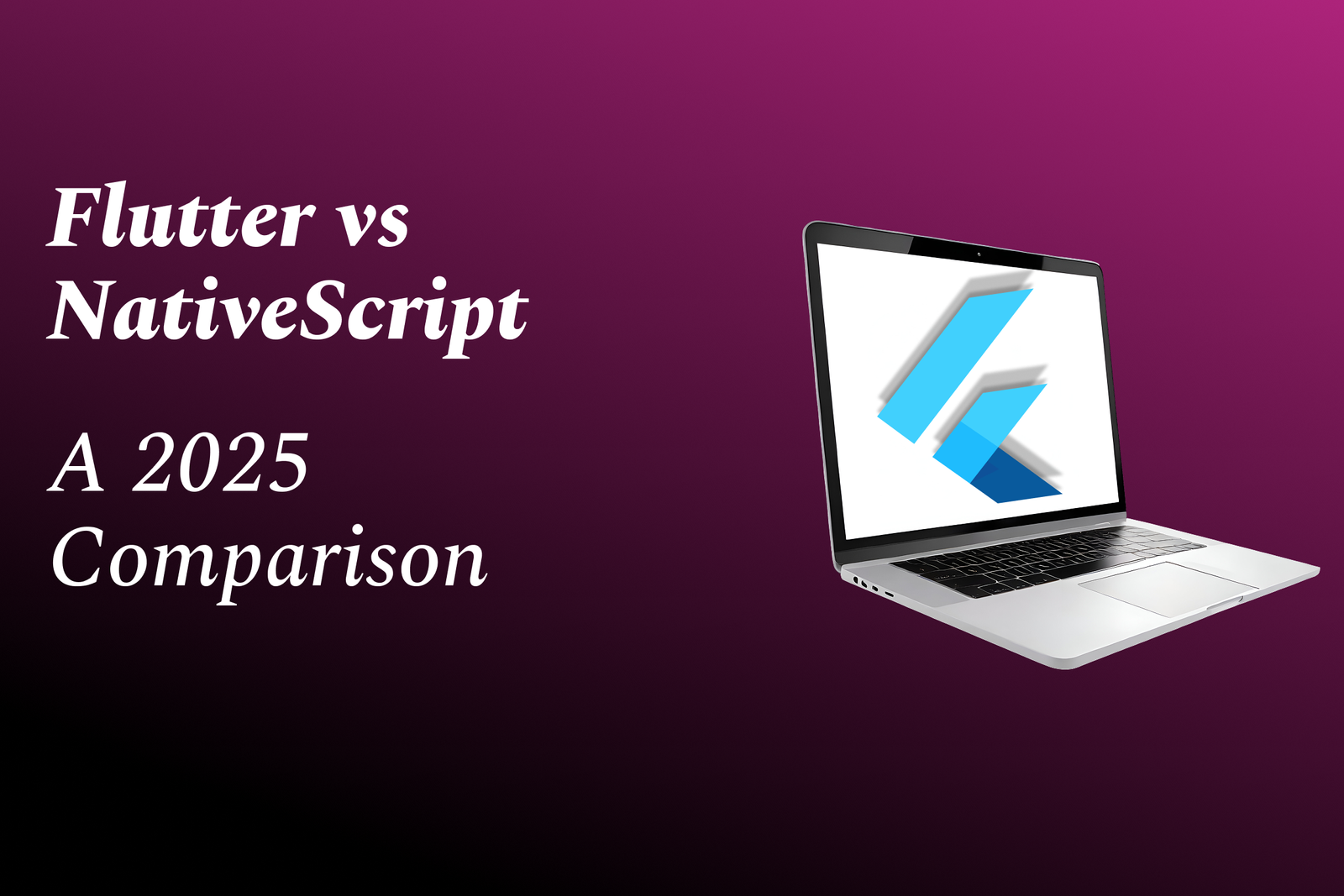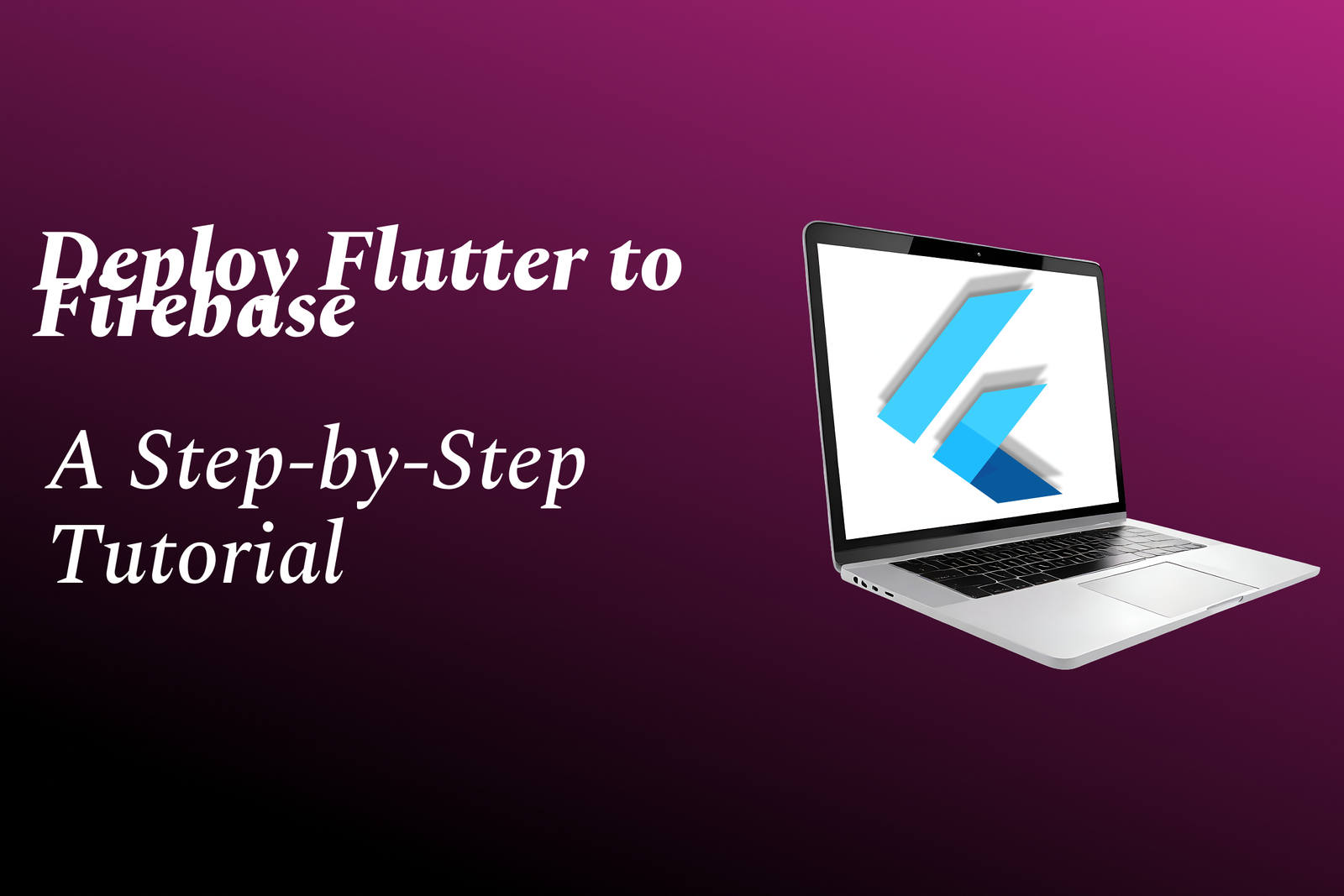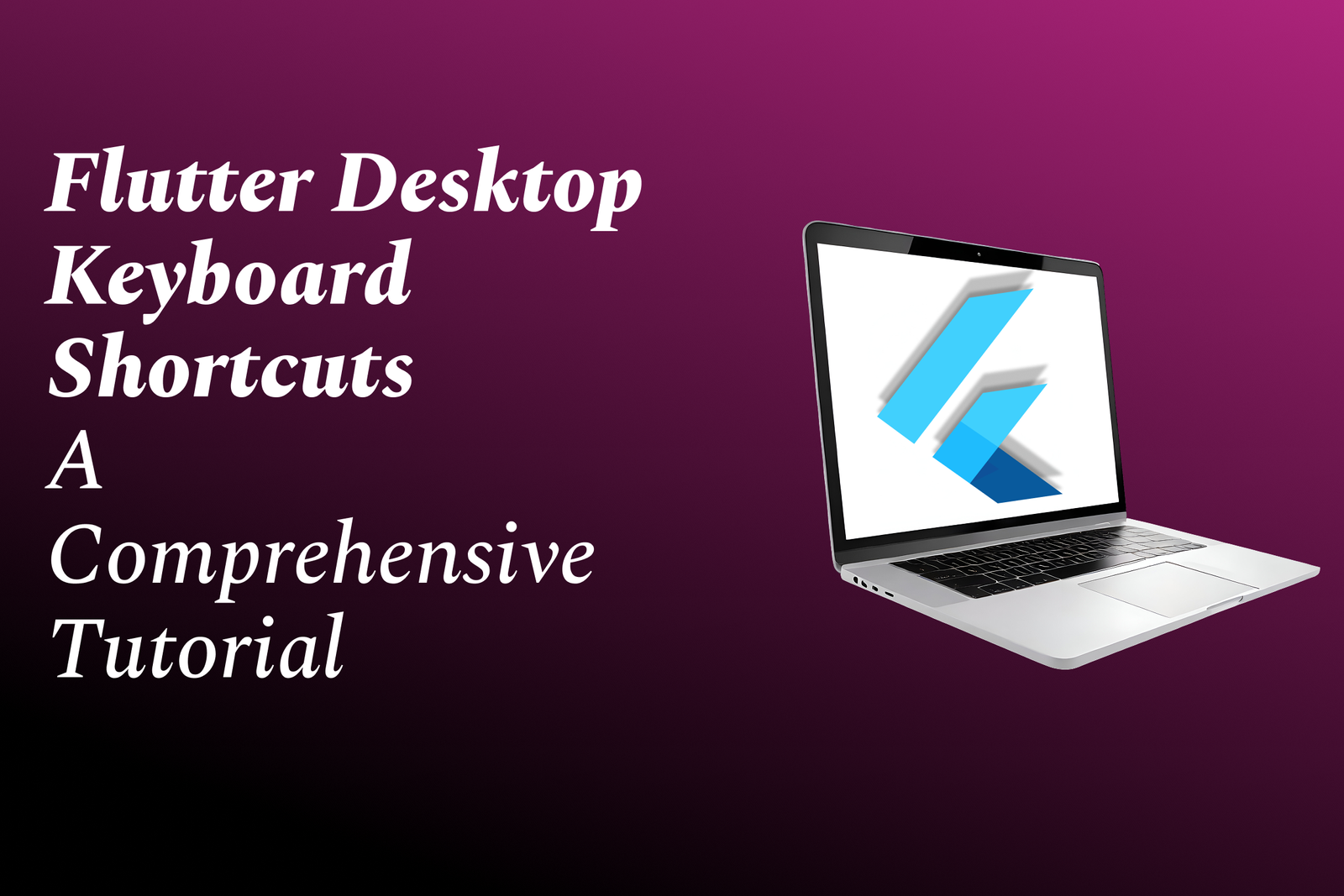User Stories In Java Development
Effective User Story Implementation in Java Development
User Stories In Java Development
User stories in Java development are concise, informal descriptions of a software feature from an end-user perspective. These stories typically follow a simple template: “As a [type of user], I want [some goal] so that [some reason].” This format helps development teams understand the needs and expectations of users, guiding their design and implementation efforts. User stories promote collaboration among stakeholders, including developers, product owners, and users, and are often used within Agile methodologies to prioritize features, enhance user experience, and ensure that the delivered software aligns with user requirements. By breaking down functionality into manageable, user-focused components, teams can iteratively develop and refine software solutions in Java that effectively address real-world challenges and improve user satisfaction.
To Download Our Brochure: https://www.justacademy.co/download-brochure-for-free
Message us for more information: +91 9987184296
1 - Definition of User Stories: User stories are short, simple descriptions of a feature from the perspective of the end user or customer. They aim to capture user requirements effectively.
2) Format of User Stories: User stories typically follow the format: “As a [type of user], I want [an action] so that [a benefit]”. This structure helps clarify the role, goal, and reason behind a requirement.
3) Why Use User Stories?: They foster communication among stakeholders, including developers, product owners, and users, ensuring everyone has a common understanding of project goals.
4) Agile Methodology: User stories are a key component of Agile methodologies like Scrum and Kanban, where requirements and solutions evolve through collaboration.
5) Prioritization: User stories can be easily prioritized in a backlog, helping teams to focus on delivering the most valuable features first, which aligns with the Agile principles.
6) Acceptance Criteria: Each user story should have well defined acceptance criteria that outline how the functionality will be validated. This ensures that the development team and stakeholders have a shared understanding of what ‘done’ means.
7) Estimation: Teams can estimate user stories using methods like story points, which helps in planning sprints and managing workload effectively.
8) Breaking Down Stories: Large user stories, often called ‘epics’, can be broken down into smaller stories to make them more manageable and easier to implement in short development cycles.
9) Enhancing User Focus: User stories promote a user centered approach to development by encouraging developers to think about the end user’s needs rather than just technical specifications.
10) Test Driven Development (TDD): User stories can inform test cases in TDD. Their acceptance criteria provide a basis for writing tests, ensuring that the code meets the intended requirements.
11) Collaboration Tool: They serve as a collaboration tool for discussions between developers, testers, and product owners, facilitating feedback and iterative improvements.
12) Documentation: User stories provide an informal way of documenting requirements that is easy to understand, as opposed to extensive formal specifications.
13) Adaptability: User stories are flexible and can be modified based on feedback and evolving user needs, serving as a living document throughout the development cycle.
14) Encouraging Vertical Slices: They promote the concept of developing features in a vertical slice manner, ensuring that all parts of a feature (front end, back end, database) are considered together.
15) Aligning Development with Business Goals: User stories help ensure that the development work is aligned with business objectives by keeping the user's needs at the forefront of the project.
16) Tools for User Stories: Various tools and platforms, such as Jira, Trello, and Asana, can be used to manage and track user stories efficiently within a team.
17) Continuous Feedback: They facilitate continuous feedback from stakeholders and users after each iteration, allowing teams to pivot quickly based on user needs.
By focusing on these points, students can gain a comprehensive understanding of User Stories in Java Development and how they contribute to effective Agile project management.
Browse our course links : https://www.justacademy.co/all-courses
To Join our FREE DEMO Session: Click Here
Contact Us for more info:
Flutter Training in Nabadwip
Cheapest Online iOS Training Institute in Mumbai
Angular AND Node JS
Java For Digital Wallets Mumbai
Android Conference Nashik











